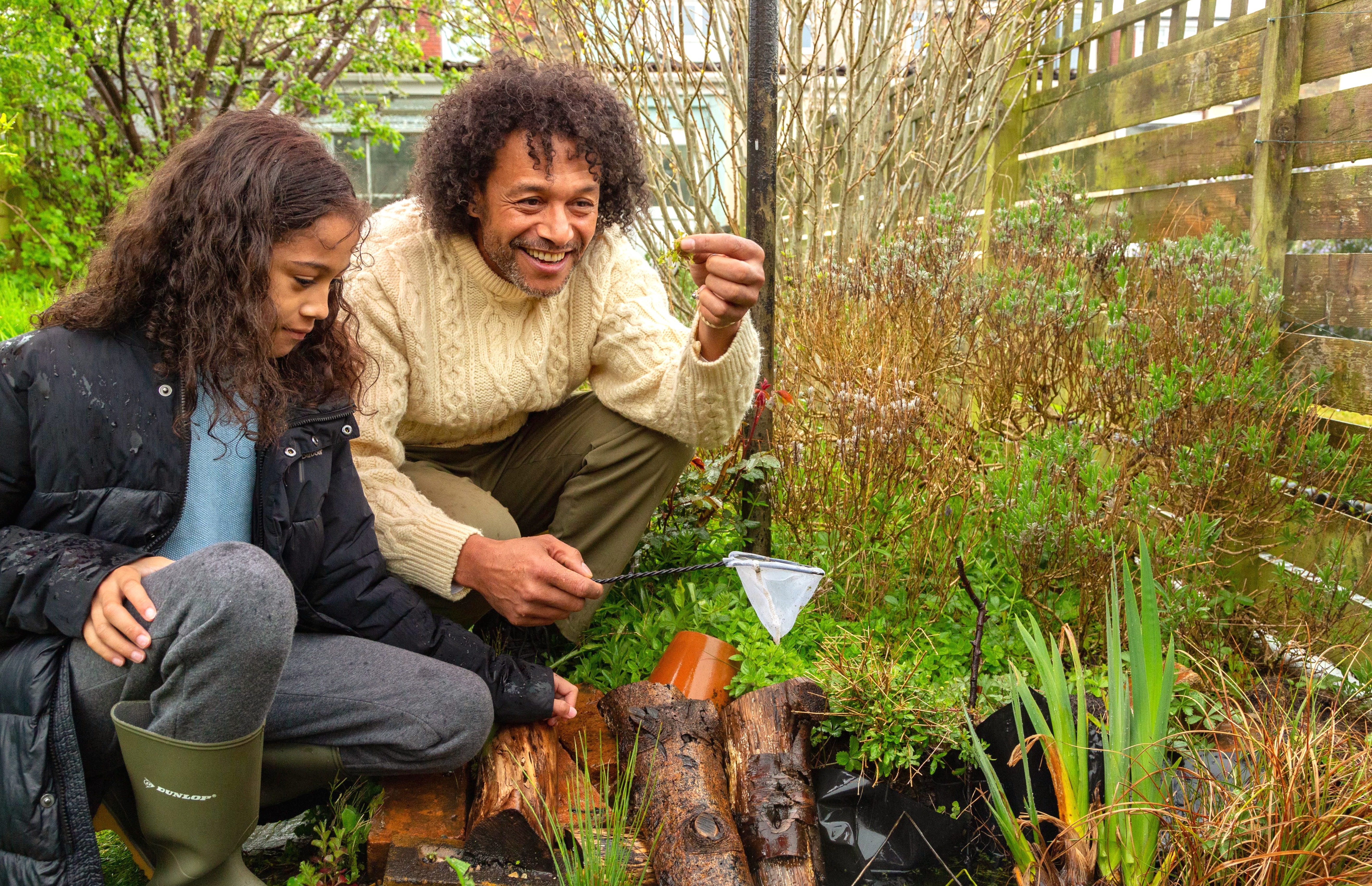From drainpipe wetlands to bogs in backyards, the UK’s largest wetland conservation charity is calling on residents across the North East to make room for nature by creating a network of urban mini-wetlands across the region.
As summer temperatures look set to soar, the Wildfowl and Wetlands Trust (WWT) has launched its Mini-wetlands campaign, which aims to provide homemade watery habitats across cities and towns, where a host of wildlife can live, feed, drink and cool down.
New research launched this week* shows that people are keen to play their part in helping reverse the devastating decline in the UK’s biodiversity, with more than half the population currently gardening to attract more wildlife.
However, one in three are missing out on one of the single most effective ways to help nature thrive, because they feel they don’t have enough space or money to create a wetland area like a pond.
Gill Pipes, Centre Manager at WWT Washington Wetland Centre, said: “Nature needs all the help we can provide at the moment and one of the best ways of helping at home is by creating a mini-wetland.
“Wetlands support more life than any other habitat on Earth and it’s something we can all get involved in – and more easily than you realise.
“People automatically think they need a big space to create a large pond but there are so many options for small areas – such as buckets, drainpipe wetlands and balcony ponds – which can be incredibly beneficial for countless species; from beetles through to birds.
“And not only is it great for the species you’re helping, but having your very own wetland also offers you a fascinating insight into a world you don’t often see, quite literally on your doorstep.”
As part of the Mini-wetlands campaign, WWT has produced a series of guides and how-to videos to show people how they can upcycle an old washing-up bowl or pot, add some pond plants and have a mini-wetland of their own, with the potential to attract frogs, dragonflies and even bats to a garden or balcony – the perfect project for the summer holidays.
And for information on where to create your mini-wetland, which type would suit you and your space best, and tips on how to fund larger community projects, head to the mini-wetland advice pages for details.
WWT Washington is also holding pond dipping events across the summer holidays, including NEW relaxed sessions, to encourage people find out more about the amazing creatures that benefit from having a water source nearby. Find out more via the What’s On pages
Ready to visit?
If you’ve been inspired to visit WWT Washington this summer and see incredible wetland wildlife for yourself, you can find out more and plan your day online here.

